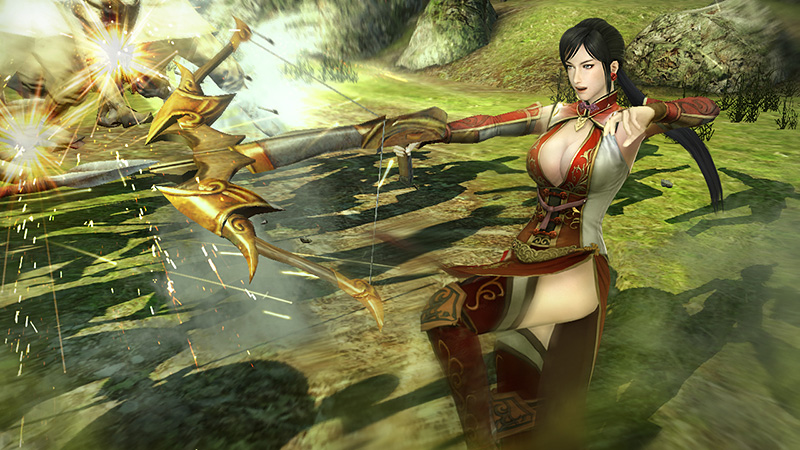This week's lectures have been on issues like race and gender in videogames. Some people did make questionable statements surrounding the issues in this blog. It is true that during normal gameplay, gamers would normally focus on the actual visual and audio appeal such as the slow-motion fighting aesthetics/techniques as shown in the lecture more than the somewhat deep down unnoticeable racial and gender representation. It is so easy for the game makers and gamers to overlook these issues, thinking 'well it is just a game after all' or 'there is no problem if we switch gender roles, and whether or not the figure/enemy is sexualised'.
We have seen various examples of games which have problematic race and gender representation, such as Hitman Resolution. I found that games made by Asian game companies also have similar kind of problems character design. In terms of skin colour, videogames such as Dynasty Warriors and The Legend of Sword and Fairy just to name a few, have adopted light skin colour or at least some kind of 'whiteness' for characters.
Here are some screenshots from Dynasty Warriors:
Diao Chan - hyper-sexualised
Closeup shot of the same character
Huang Yueying - who is supposed to have a darker skin, have a lighter and shiny skin here
Frankly in massive multiplayer online role-playing games like this, gamers often want a nice, pretty, good-looking character to represent themselves. Asian game companies also think that female characters with more whiteness, freshness and less clothing, exposing more of a streamlined body would appeal to male, particularly young teenage gamers.
Videogames which have a historical background based in the Three Kingdoms period in ancient china are exceptionally popular in Asia. It is also difficult to discuss issues surrounding 'race' in these games given the historical timeframe. It also depends on how the story is structured, which varies in different videogames.
Generally, I think problems regarding race and gender arise when videogame makers try to make their games appealing to their potential male players while ignoring the fact that female players do have somewhat equal share in the gaming world. For marketing and game sales purposes, they have to make the graphics appealing, particularly women's femininity (light skin colour, skinny, body shape) and men's masculinity more noticeable to attract the gaze of the potential customer. Ultimately, revenue is the most important factor.
















